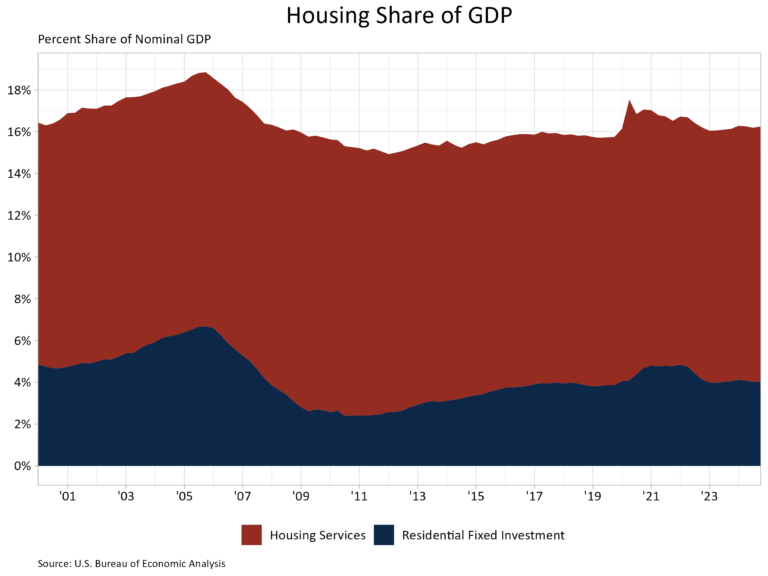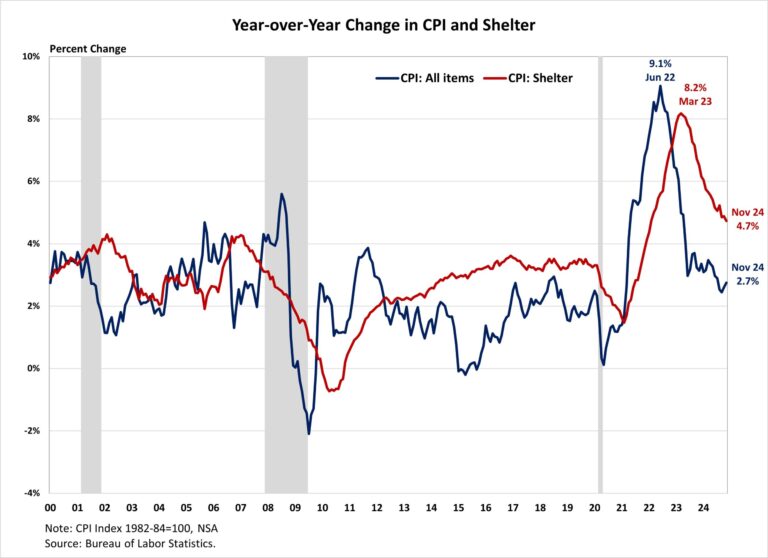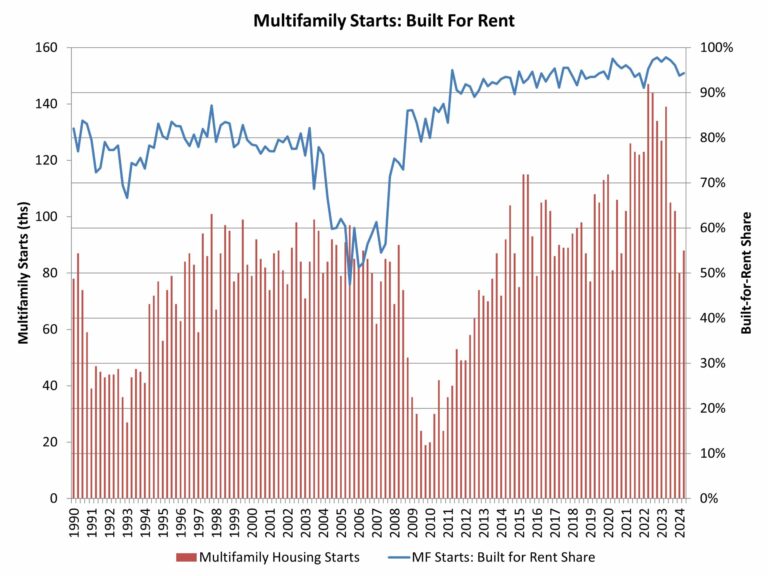In a widely anticipated move, the Federal Reserve remained on pause with respect to rate cuts at the conclusion of its March meeting, maintaining the federal funds rate in the 4.25% to 4.5% range. While the central bank acknowledged that the economy remains solid, it emphasized a data- and policy-dependent approach to future monetary policy decisions due to increased uncertainty. According to Chair Powell, the Fed “is not in any hurry” to enact policy change and is well positioned to wait to make future interest rate moves.
However, in a small dovish step, the Fed slowed the pace of its balance sheet reduction, but only for Treasuries. The Treasury security runoff will be reduced from $25 billion a month to $5 billion. The mortgage-backed security run-off process will remain at a $35 billion a monthly rate. Chair Powell stated that the change was not a signal of broader economic issues and was just a technical adjustment to the long-run goal of balance sheet reduction.
Although the Fed did not directly address ongoing trade policy debates (and particularly trade and tariff details expected on April 2) and their economic implications, it reaffirmed that future monetary policy assessments would consider “a wide range of information, including readings on labor market conditions, inflation pressures, and inflation expectations, and financial and international developments.”
With respect to prices, the Fed’s March statement noted that “inflation remains somewhat elevated.” For example, the CPI is at a 2.8% year-over-year growth rate. Shelter inflation, while improving as noted by Chair Powell, continues to run at an elevated 4.2% annual growth rate, significantly above the CPI. These costs are driven by challenges such as financing costs, regulatory burdens, rising insurance costs, and the structural housing deficit.
The March Fed statement highlighted the central bank’s dual mandate, noting its ongoing assessment of the “balance of risks.” Crucially, the Fed reiterated its “strong commitment to support maximum employment and returning inflation to its 2 percent objective.”
The Fed also published its updated Summary of Economic Projections (SEP). The central bank reduced its GDP outlook for 2025 from 2.1% growth to just 1.7% (measured as percentage change from the fourth quarter of the prior year to the fourth quarter of the year indicated). Policy uncertainly likely played a role for this adjustment.
The Fed made only marginal changes to its forecast for unemployment, pointing to a 4.3% jobless rate for the fourth quarter of 2025. The Fed did lift its inflation outlook, increasing its forecast for Core PCE inflation from 2.5% for the year to 2.8%. Forecasters, including NAHB, have lifted inflation estimates for 2025 due to tariffs, although tariffs may only produce a one-off shift in the price level rather than a permanent increase for the inflation rate. Nonetheless, Chair Powell noted that tariffs have already affected inflation forecasts for 2025. The Fed’s SEP also indicated that the Fed may cut twice this year, placing the federal funds rate below 4% during the fourth quarter of 2025. However, those FOMC members who saw less than two rate cuts this year were more likely to forecast no rate cuts at all for 2025.
Looking over the long run, the SEP projections suggest that the terminal rate for the federal funds rate will be 3%, implying six total twenty-five basis point cuts in the future as rates normalize. This is lower than our forecast, which suggests a higher long-run inflation risk path and a terminal rate near 3.5%. A lower federal funds rate means lower AD&C loan rates for builders, which can help with housing supply and hold back shelter inflation.
Discover more from Eye On Housing
Subscribe to get the latest posts sent to your email.
This article was originally published by a eyeonhousing.org . Read the Original article here. .




